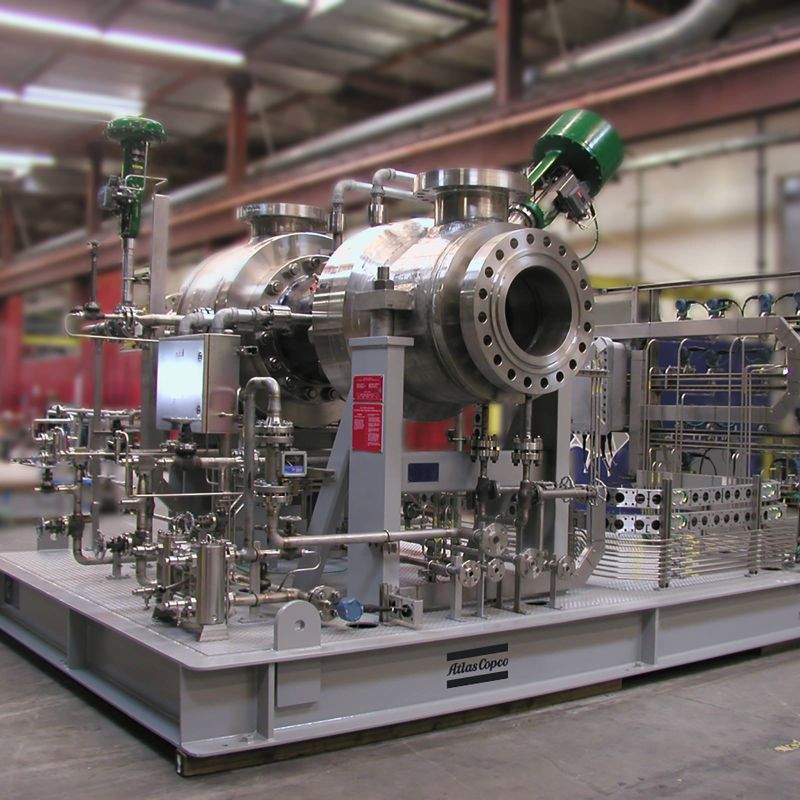Jan-2015
Business value of hydrocarbon production accounting
The gains that a refiner made by implementing an enterprise-wide hydrocarbon accounting system were both financial and cultural
LUIS RODRÃGUEZ
ANCAP
Viewed : 10535
Article Summary
This article describes seven years of committed use of a hydrocarbon yield accounting and mass balance system at ANCAP La Teja refinery’s storage and distribution plants and the resulting improvements, site-wide integration, economic impact, cultural transformation and other major achievements.
ANCAP over the years has learnt how to get the most out of such systems through the proper use of the information they generate. The lessons learned and how ANCAP has been able to get the entire organisation – from the operators to the refinery manager – to use the system will be described. As a result of this work, significant savings have been experienced by the company as a whole.
ANCAP is the Uruguayan national oil company (NOC). It operates in several sectors including crude oil refining, refined oil products marketing and sales, administration and exploitation of the alcohol business in Uruguay and the industrialisation and commercialisation of Portland cement.
ANCAP’s hydrocarbon business consists of: one single buoy mooring (SBM) and crude oil reception terminal (Terminal del Este) with a total capacity of 536 000 m3; an oil refinery (La Teja) with a capacity of 50 000 b/d; and six distribution plants for refined oil products located strategically throughout the country (La Teja, La Tablada, Juan Lacaze, Paysandú, Durazno, and Treinta y Tres).
La Teja refinery was inaugurated in 1937 and has been debottlenecked and undergone the addition of new processing units from 1937 to 2013 (see Figure 1). It is a small refinery with an equivalent distillation capacity (EDC) of 420 000 and a medium complexity factor of 8.3 (see Table 1).
Hydrocarbon accounting systems
Hydrocarbon accounting systems are information and control systems also known in the industry as yield accounting systems or production accounting systems or mass balance systems.
At the heart of these systems there is a mass balance model comprised of nodes and connections that represent the entire site including process units, storage tanks and all the streams that are part of the movements, purchases and sales of crudes and products.
The inputs to the system come automatically from several sources, such as distributed control systems (DCS), supervisory control and data acquisition (SCADA), laboratory information management systems (LIMS) and automated tank gauging (ATG). But there are also input data that are entered manually.
In order to resolve the inconsistencies that exist in these different measurements, the system uses sophisticated mathematical routines to reconcile the measurements and solve inconsistencies. The result of this is that the raw data that come from the plant floor are transformed into trusted information.
System implementation at ANCAP
In the refinery industry there is no standard to follow in the implementation and use of the systems and work processes for hydrocarbon production accounting.
Because of this situation, the ANCAP technical team developed their own procedures based on the experience that they had accumulated over time. For the first stage, the goal was that the system generated information would be:
• Trusted
• Believable
• Transparent
• Auditable
• Easy to access.
Since 1991, ANCAP has used several hydrocarbon accounting systems but none of them addressed all the needs of the company.
The company was seeking a tool that would help determine the real performance of its assets by including the participation of engineers and personnel on the plant floor in order to improve certain technical aspects, such as losses, emissions, and internal consumptions.
ANCAP was also seeking to reduce the time required to close the balances so that they could be delivered correctly and on time.
In 2006, the company chose the system VMPA – Visual Mesa Production Accounting (ex S-TMS), developed by Soteica Visual Mesa.
In the selection process, the following capabilities were valued highly:
• The calculation speed of its reconciliation engine
• That the system ran in a distributed web environment
• That it was available completely in the local language (Spanish), which meant that the input of manual data and other information could be dealt with directly by plant floor operators.
VMPA was implemented in two phases. In the first phase, the crude oil receipt terminal, the refinery and the two shipment terminals located in Montevideo were modelled. The modelling and commissioning of this first phase was completed in a short period, approximately four months, but to get the entire company to use it took several years.
The second phase started in 2012 with the addition of four shipment terminals located in the interior of the country. This phase required six months. Prior to the implementation of VMPA, these four plants made their balances independently with Excel spreadsheets, which resulted in inaccurate and inconsistent information.
Once the second phase was implemented, ANCAP was able to have a single integrated and reconciled balance of all its facilities, being able to define precise limits with regards to the closure of the mass balance at each plant and for the overall hydrocarbon balance of the company.
During the training of plant operators, special emphasis was applied to present VMPA as a tool that would make their daily tasks easier and give additional visibility to their work.
A certain amount of pushback was expected because of the changes to a daily routine that consisted of reporting data on paper spreadsheets, but the operators adopted the system very quickly.
Add your rating:
Current Rating: 4

















